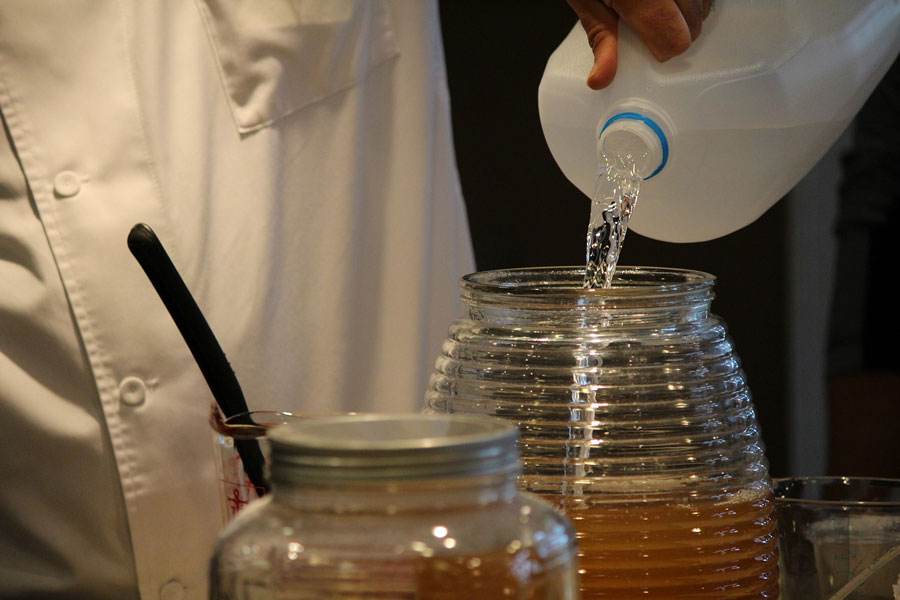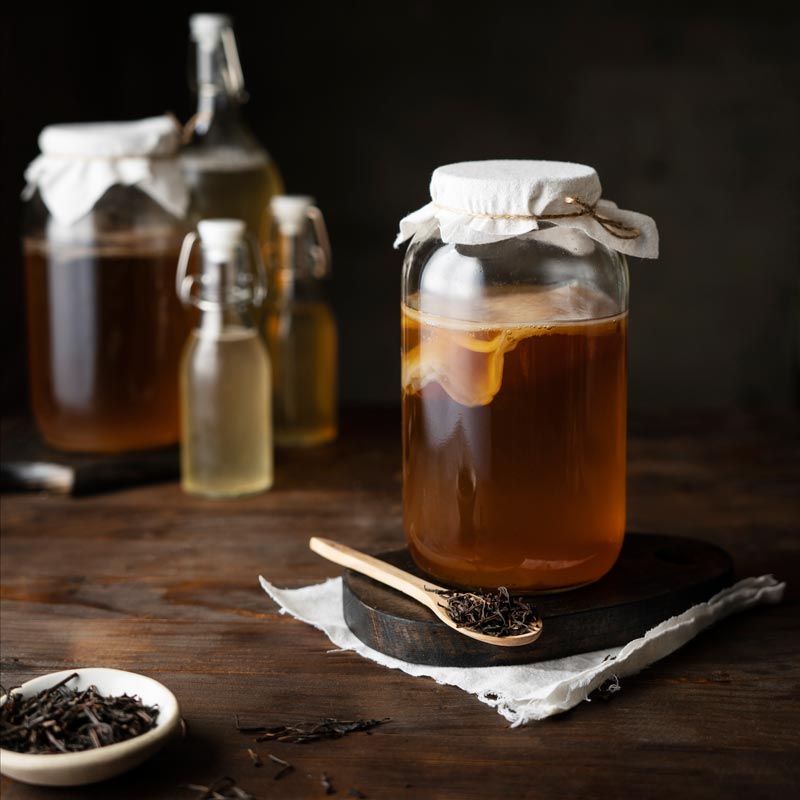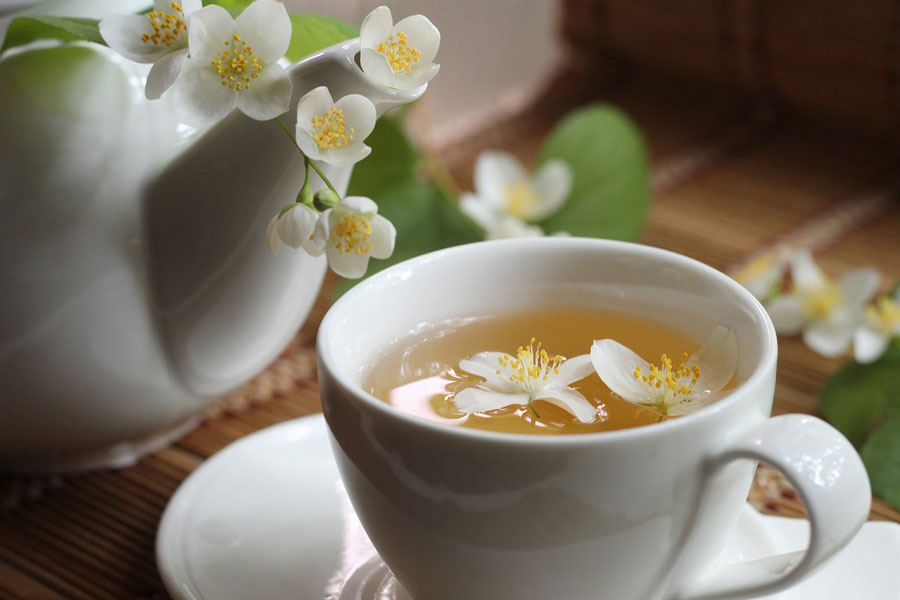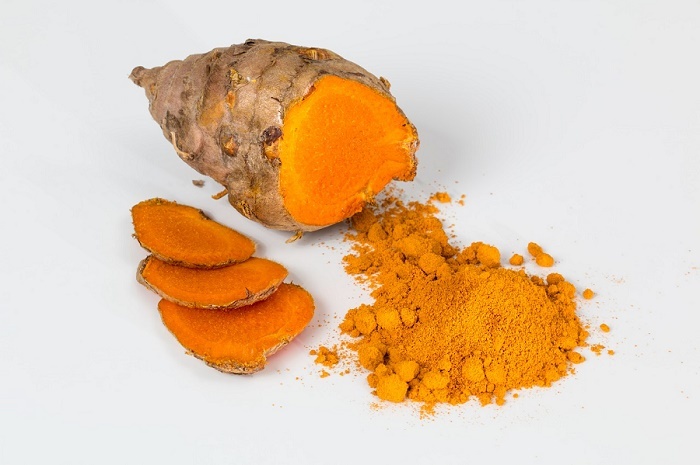There is one advantage of being a tea aficionado. You get to learn about the varied forms, texture, and taste that tea comes in. Here’s a small peek into this unique tea variation-Kombucha. Besides the esoteric name that first caught my attention, the first question that automatically popped in my head is where it came from! But before we go into the twisting vines of its origin and history, for all those who do not know what Kombucha is, here is what it is.
What is Kombucha?
Kombucha is a fermented beverage prepared by baring sweetened black or green tea to a SCOBY which is an acronym for a Symbiotic Colony of Bacteria and Yeast. It is quite intriguing to see how a slimy, inedible disc of bacteria and yeast, when dipped in tea can turn into this rejuvenating, fizzy, carbonated drink to relish. Kombucha is a functional beverage with no alcoholic content.
Due to the beneficial bacteria that goes into its making, it is highly recommended for cooling off an agitated gut. The SCOBY is immersed in a sweetened tea mixture and left to ferment at room temperature for about three weeks. It is then bottled for one to two weeks leading to the release of CO2. The drink is then refrigerated to slow down the fermentation and carbonation process. Kombucha has been around for a really long time. For those who know the technique, it can be easily home-brewed and stacked in bottles to take a sip from whenever desired.

Where From?
As with most tea beverages, the lineage of this unique concoction can be traced back to China. But the history of its origin is somewhat blurry. It was said to have been popular during the Qin dynasty of China in 221 BCE. The next trace of Kombucha was found in 414 BCE when a Korean doctor named Kombu brought the tea to Japan to cure the Emperor Inkyo. It is also how the tea supposedly acquired its name. The definitive use of this beverage was probably done in Russia and Ukraine in the late 1800s. After the First World War, Kombucha began to grow in popularity in many other countries. However, not until the middle of the twentieth century did it began to be extensively used in the European countries.
Where to?
What initially was a folk medicine is now a commercial drink available at local stores around the globe. It undoubtedly has several health benefits and is known to have the same pro-biotic properties as yogurt. Still growing in popularity, it is yet to make its debut in many states of India. Nevertheless, it is a popular drink and though it is non-alcoholic, a number of Kombucha beer brands have been making rounds in the commercial market-a variation. This queer concoction has a mystifying air attached to it, probably because of the unique style in which it is made, and with its popularity escalating, it would soon be a name, none can say was unheard of.
(Read about tea as immunity booster)






